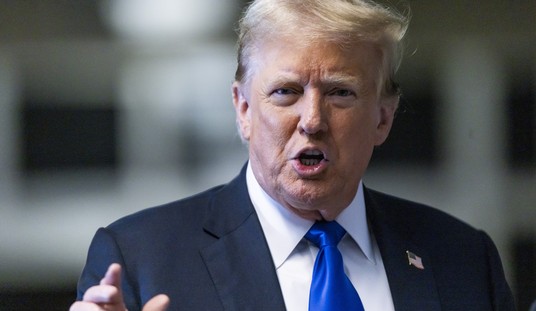Washington has sent 1,400 Stinger anti-aircraft missiles to Ukraine as part of the West’s allied effort to help the Ukrainians repel Putin’s most recent unprovoked attack. It isn’t hard to understand why the West is sympathetic to Ukraine’s plight. However, those 1,400 Stinger missiles were a significant share of the Pentagon’s entire inventory of Stinger missiles. It’s been more than fifteen years since the United States produced its last Stinger, which has led to a rapidly declining supply.
The halt in production of Stinger missiles in 2005 was based on the notion that the United States had yet to face an immediate threat in the form of a terrorist based air force. However, in today’s world with an outwardly aggressive Russia and an increasingly threatening China, we must reevaluate our adversaries and their significant strides in obtaining air power resources. While war is never optimal, we must stand ready and able.
George Washington made a lasting point more than 225 years ago that still rings true, today. If our adversaries believe we are vulnerable, it will invite an attack. On the other hand, if our adversaries believe us to be strong and prepared for their attack, it will deter them. Or as a park ranger once advised me and a group of scouts — “If you want to avoid trouble with bears, don’t look or smell like food.” Having a robust defense allows for the United States to continue to keep those who seek to cause harm, at bay.
The Stinger was designed in the 1970s, a time in which highly mobilized drones and stealth technology did not exist. With that being said, the next generation anti-aircraft system needs to not only be capable of defending from traditional aircraft strikes, but also from the increasing threat of autonomous warfare.
The United States has the technology and ability to produce a far more advanced anti-aircraft missile system at a lower cost than it would take to reopen the original Stinger production line. This not only saves the tax payer, but also allows for the production of a more robust and capable anti-aircraft system.
Recommended
Traditionally, the cost of replacing aging technology with advanced technology is significantly higher. However, using the existing Stinger platform allows the United States to produce an effective and highly capable anti-aircraft missile at a lower cost. This is a win-win!
The next generation anti-aircraft system holds the promise of lower costs as well as a broad set of increased capabilities; longer range, faster, an advanced seeker, and better maneuverability.
This advanced anti-aircraft would also be equipped to launch from existing systems — some of which are mounted on Army vehicles while others are highly portable and fired by troops on the ground. This would eliminate the need to invest and develop new launching capabilities as wells as training programs.
This approach would make the world a safer place and protect our troops. And it would reduce the risk of war because it would make it clear to our adversaries that we are “prepared,” as George Washington said; or alternatively that we don’t look or smell like food, as the park ranger said.
The next generation anti-aircraft system proposal comes from the engineers at The Boeing Company. Their plan is to incorporate proven technology that is being used in updated next generation weapon systems to insure the United States has the world’s most effective short range air defense system. Perhaps the best news is that Boeing can provide this upgraded anti-aircraft system at a much lower cost than what we would pay to continue with an outdated 1970’s system.
Time is of the essence, and we must proceed quickly as there is a window of vulnerability. Fortunately, Boeing’s proposal can supply the Army with next generation anti-aircraft missiles a year ahead of what the Army identified as the critical point.
There are a lot of positives with Boeing’s proposal— new high tech capability, historically lower costs, and available faster than expected. We should continue to utilize advanced practices to make sure modernization can be made more efficiently. This should not be an opportunity for defense contractors to exercise leverage over the government. One would hope that Congress and the Pentagon will work together to make this a reality before it’s too late.

























Join the conversation as a VIP Member